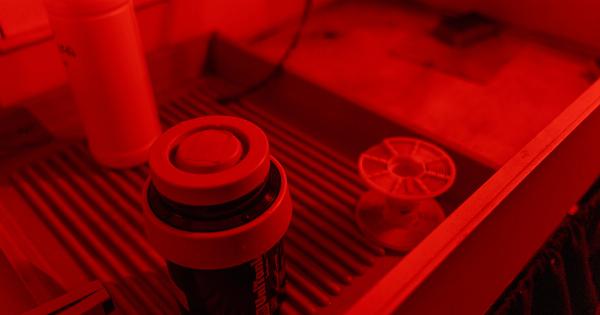Mice are commonly used in medical research, as they have many biological similarities to humans. However, like any animal, they can suffer from injuries that require medical attention.
One common injury is a tendon rupture, which can cause impaired mobility and other complications. The traditional methods for repairing this injury can be invasive and painful, but there is a new technique that offers a quicker and less painful solution.
What is a tendon rupture?
A tendon is a tough, fibrous band of tissue that connects muscles to bones. When a tendon is stretched too far or experiences a sudden force, it can tear or completely rupture.
This injury is often seen in the Achilles tendon (which connects the calf muscle to the heel bone) and can cause pain, swelling, and difficulty walking.
Traditional methods for treating tendon ruptures in mice
When a mouse experiences a tendon rupture, the traditional treatment involves surgery to repair the damaged tissue. This can involve creating an incision in the skin, dissecting through muscle tissue, and suturing the torn tendon back together.
While this method can be effective, it is also invasive, painful, and can require a lengthy recovery period.
Quick and Painless Tendon Rupture Repair for Mice
A new technique for repairing tendon ruptures in mice involves the use of a synthetic, injectable material called Poly(ethylene glycol) (PEG) hydrogel.
This material has the unique ability to flow like a liquid at low temperatures, but form a solid gel at body temperature. When injected into the site of a tendon rupture, the hydrogel fills the space between the torn ends of the tendon and provides a scaffold for new tissue growth.
How does the PEG hydrogel work?
The PEG hydrogel works by creating a bridge between the torn ends of the tendon, allowing for new tissue to grow and heal the injury. The gel is biocompatible, meaning it does not cause an immune response or toxic side effects.
Over time, the gel will break down and be replaced by new connective tissue.
Benefits of using PEG hydrogel for tendon rupture repair in mice
There are several benefits to using PEG hydrogel for repairing tendon ruptures in mice:.
- Non-invasive: The gel can be injected directly into the site of injury, eliminating the need for surgery.
- Quick: The injection procedure takes only a few minutes, compared to the much longer surgical procedure.
- Painless: The injection is minimally invasive and does not require the use of general anesthesia.
- Effective: Studies have shown that PEG hydrogel can improve mobility and function in mice after a tendon rupture.
- Cost-effective: The gel is relatively inexpensive compared to the cost of surgery and follow-up care.
Conclusion
Tendon ruptures can be a painful and debilitating injury in mice, but the traditional methods for repair can be invasive and require a long recovery period. The use of PEG hydrogel offers a quick and painless solution for repairing this type of injury.
This method has been shown to be effective and cost-effective, making it a promising option for future medical research.






























